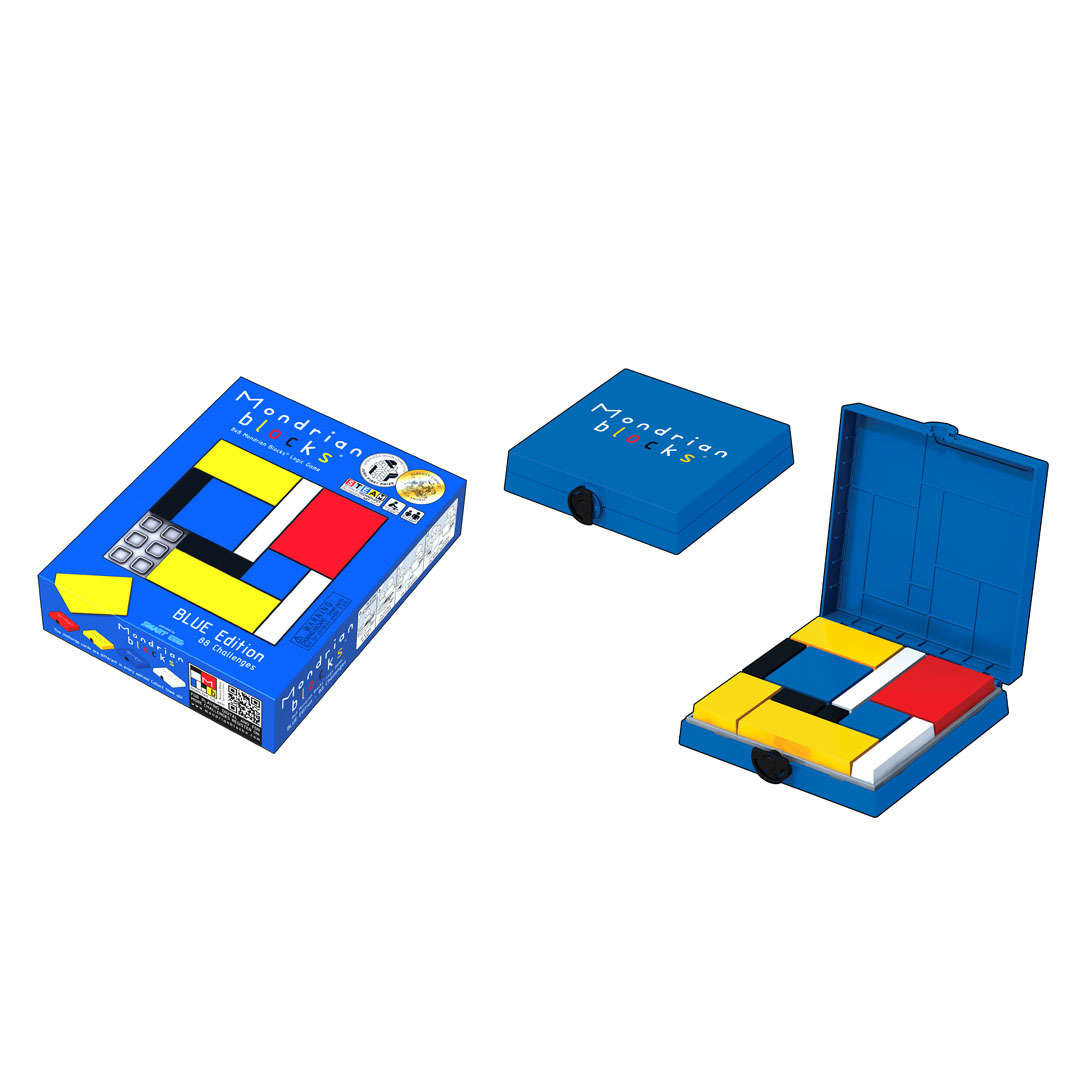
Minecraft Blue Ice UsesĪs stated in the feature above, Blue Ice is the slipperiest ice block in Minecraft. You can also increase items’ speed in water currents by placing Blue Ice underneath the water current.

So you will be able to travel faster than normal speed if you build a long road using this rare Blue Ice block.

Yes, due to its slippery feature (which is much more slippery than regular ice or packed ice), Minecraft Blue ice will help you travel faster compared to when you traveled on packed ice Blue Ice Block is Faster Than Packed Ice.This comes handy when you need to create projects with this block but you also need lights for them. Unlike normal ice, Blue Ice does not melt even if you place it near light sources. With its lovely looks, the possibilities for usage of this block are endless, so you can unleash your wildest imagination and let your creativity run wild when using them. Hence it becomes a valuable block and it is worth crafting them if you are unable to locate and mine them. Yes, absolutely! Even though it’s rare and pretty much costly, this Blue Ice block is very useful in Minecraft. So to acquire this Blue Ice in Minecraft, you only need to locate an icy biome where ice glaciers are usually generated, and then you can start mining them. Sometimes it is also generated in some igloos at snowy Tundra Village and in ancient cities as well.īlue Ice can also be found in cold ocean biomes.

We have collected our pattern block printables into a book, available from Amazon.Blue Ice is a solid block that even though quite similar to regular ice and packed ice is much more slippery than both of them.Īccording to the Minecraft Wiki, this block is naturally generated at the bottom of icebergs, with the majority of the time this block is distributed in the middle of the icebergs. In turn two red trapezoids will cover the yellow hexagon showing that the red trapezoid is one half the size of the hexagon. Three green triangles can cover one red trapezoid showing that each triangle is one third the size of the trapezoid. Children quickly realize how the pieces fit together like a puzzle, and how their sizes are fractionally related to each other. Pattern blocks are great for students to use to discover the relationship between shapes. Students will start creating patterns and designs on their own. If you leave a bucket of pattern blocks on the floor without direction, you will quickly see children exploring with them. Pattern blocks encourage creativity, and kids naturally gravitate toward them. In the upper elementary grades, pattern blocks can be used to learn about fractions, graphing, and geometry. In the primary grades, pattern blocks can be used to count, sort, and make patterns as well as learn about shapes, symmetry, congruence, and area. They offer a hands-on way to explore numerous math topics with a variety of age groups.

They are versatile, easy to use, and fun to work with. Pattern blocks are excellent manipulatives to use during math instruction. Except for the trapezoid, the lengths of all sides of each shape are the same. This includes a yellow hexagon, red trapezoid, green equilateral triangle, blue rhombus, orange square, and thin beige rhombus. A set of pattern blocks typically consists of six different shapes in six different colors. Pattern blocks were created in the 1960’s by the Education Development Center. They are colored geometric shapes usually made from wood or plastic. Pattern blocks are a common manipulative found in most elementary classrooms.


 0 kommentar(er)
0 kommentar(er)
